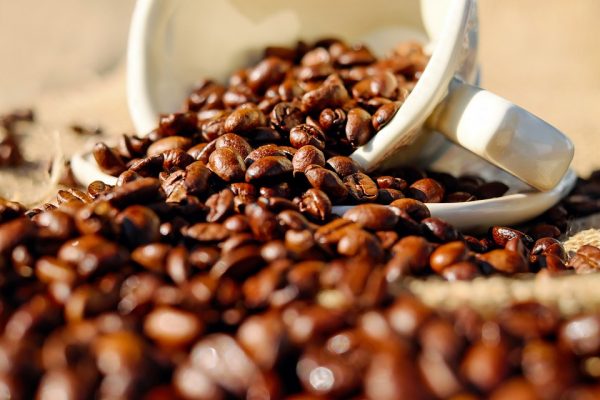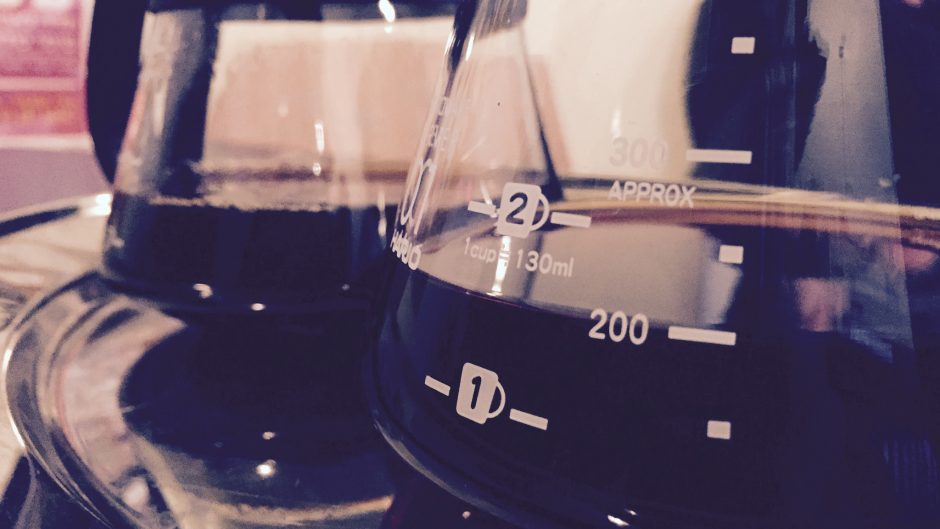An International Take on Coffee Drinking

Go into any Starbucks today, and you’ll see that the concept of a regular cup of joe is almost a forgotten one. You can have coffee in so many different ways that unless you’re a creature of habit and have the same thing every time you order, waiting in the line actually comes as a relief. It gives you time to decide which coffee to have!
But if you do have a personal favourite from Starbucks, it’s reassuring to know that wherever you are in the world these days, you’re likely to be able to buy the same drink. With the brand’s global nature, there’s one in almost every city you might care to visit. Recent research from Couponbox shows that you might have to pay a different price for your latte, cappuccino or frappucino, though, depending on where in the world you’re drinking it.
The savings website price-checked three of the company’s most popular Starbucks drinks – the Cappuccino, the Americano and the Latte – in 22 different cities. While Bern in Switzerland was the most expensive place to savour a Starbucks with an average price for the three drinks coming in at €5.92, Warsaw in Poland offered the best value brew, with an average cost of $2.68. Coffee drinkers in New York paid an average price of $2.89 for their Starbucks and Parisians were charged $4.04.
But while we might all have a Starbucks when we’re out these days, what about the traditional ways different nations have been consuming their coffee?

“Drip Coffee” (CC BY 2.0) by jakubswiadek Drip coffee is going out of fashion in the US.
In the US, the drip coffee pot has long been a fixture in most kitchens, but the National Coffee Association’s 2016 National Coffee Drinking Trends (NCDT) report showed that the number of coffee drinkers who used a drip coffee pot had fallen to a record low of 50% for the first time this year. At the same time, the daily consumption of espresso-based beverages has almost tripled since 2008, and consumption of gourmet coffee drinks has leapt from 13% to 36% for 18-24-year-olds and from 19% to 41% for 25-39-year-olds in the 2008-16 period.
While Americans may think they drink a lot of coffee, they don’t even make it into the world’s top ten list of coffee drinking nations. According to a 2013 Euromonitor survey, the US is 22nd on the list, whereas right at the top are Finland, Norway and the Netherlands.
The Finns drink the most coffee per capita, with each person downing 9.6 kg of coffee per year. In Finland, coffee is consumed all day, every day – and workers’ unions specify coffee breaks as part of workers’ rights. The roast of a khavi in Finland tends to be quite light and the traditional way of brewing coffee is similar to that for Turkish coffee, where water and coffee grounds are brought to barely boiling a number of times before it’s served.
In Norway, the average daily consumption of coffee is 1.98 cups, and coffee has been popular drink since the early 18th century. Kaffe is usually taken without milk at breakfast and then with dessert following dinner. If you’re invited for coffee to a Norwegian person’s home, expect cakes and pastries to be served too. There’s also another way to indulge in coffee in Norway – karsk is a cocktail that includes weakly-brewed coffee.
The coffee houses of Amsterdam are popular places, and not just for the fact that you can smoke marijuana legally in them. They also serve great coffee, and the Dutch average 1.84 cups per day. Koffietijd is coffee time and at home, it’s served with cookies and cakes. Traditionally, the Protestant Dutch would only serve one cookie with coffee – to demonstrate their modest consumption – whereas koffietijd in Roman Catholic Dutch homes usually included vlaai, a large sweet pie.
If you’re off on your travels soon and don’t like the sound of how other nations take their coffee, take comfort in the knowledge that you’re unlikely to be far from a Starbucks, even though it may cost you more than it does at home!
